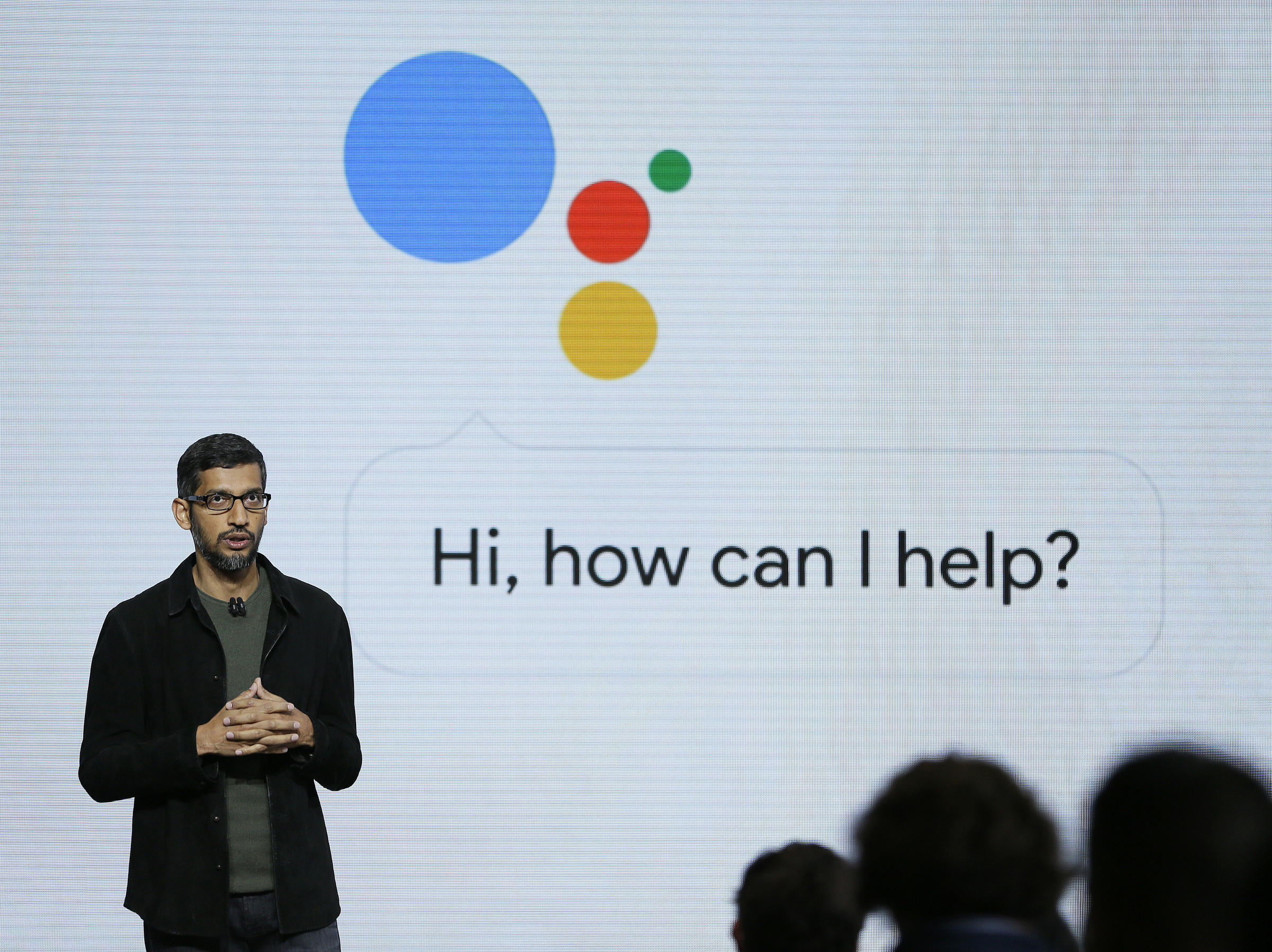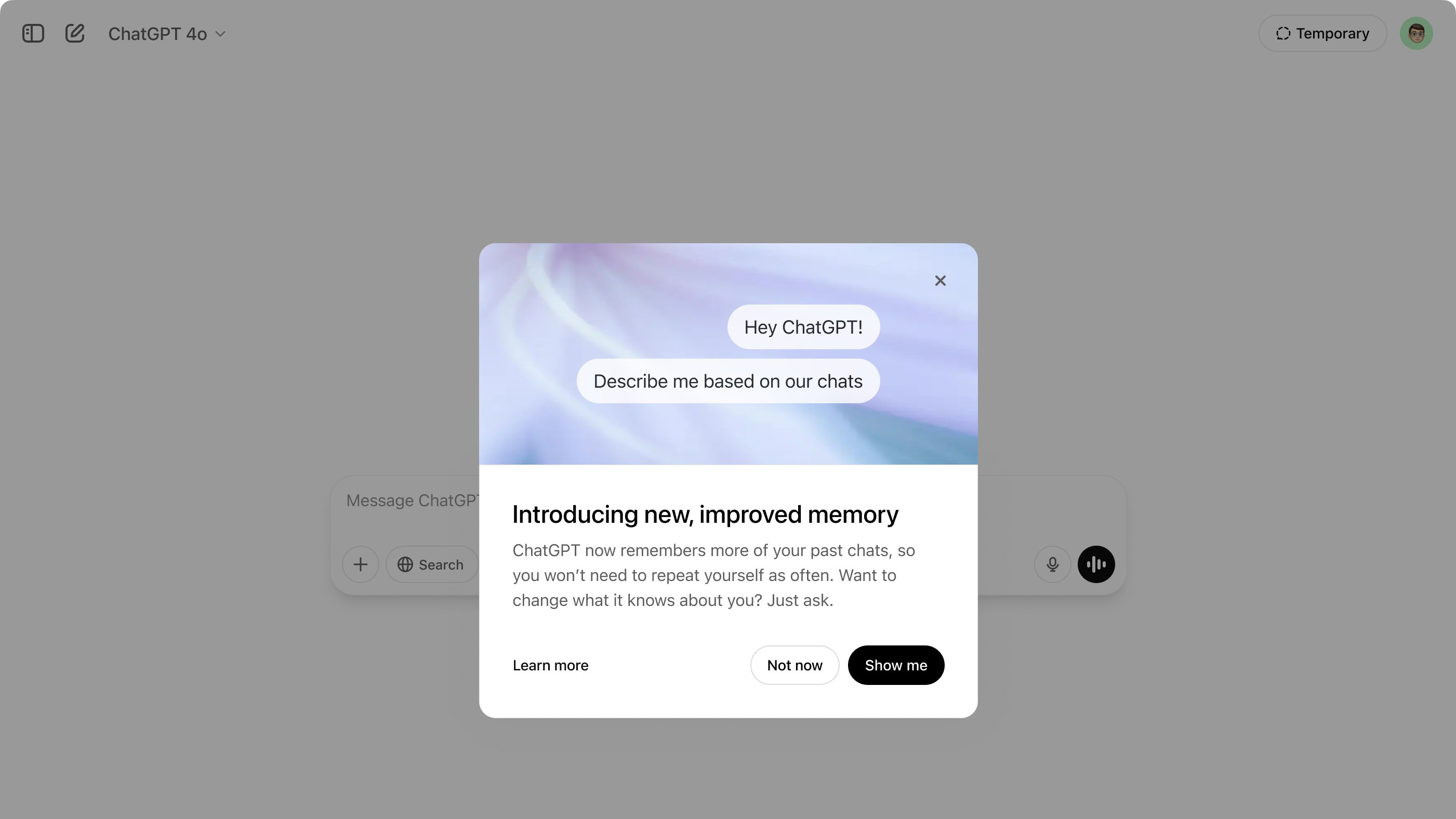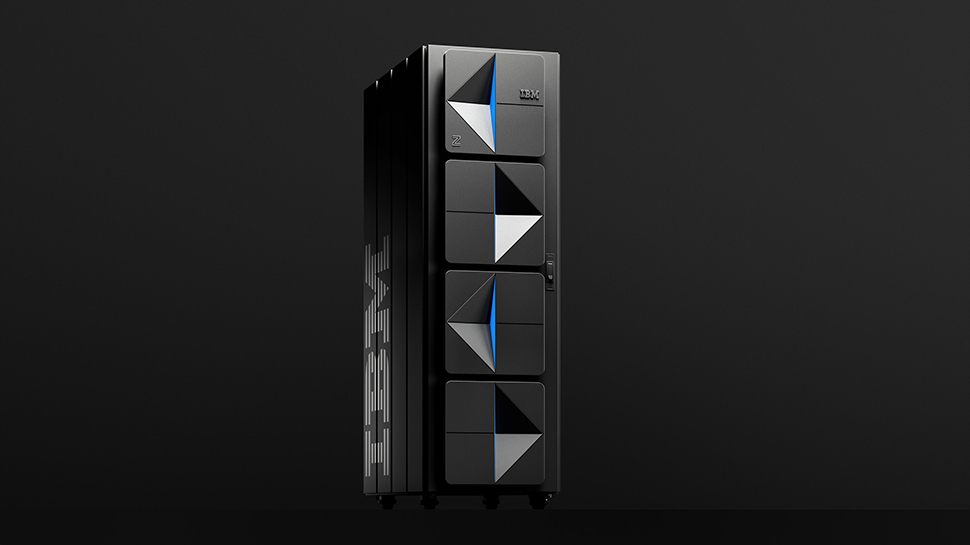Comparing AI SDKs for React: Vercel, LangChain, Hugging Face
Comparing AI SDKs for React: Vercel, LangChain, Hugging Face Introduction In the rapidly evolving world of artificial intelligence, developers are constantly seeking the best tools to integrate AI capabilities into their applications. For React developers, several AI SDKs offer unique features and capabilities. This article provides a detailed comparison of some of the most popular AI SDKs available for React applications, including Vercel AI SDK, LangChain, Hugging Face, and others. We will explore their features, limitations, and use cases, along with code examples to help you make an informed decision. Vercel AI SDK Features Real-time AI capabilities: Vercel AI SDK offers real-time AI processing, making it ideal for applications that require instant feedback. Seamless integration with Vercel platform: It integrates smoothly with Vercel's deployment platform, providing a streamlined development experience. Limitations Platform dependency: Being tightly coupled with Vercel's ecosystem might limit flexibility for developers using other platforms. Use Cases Real-time chat applications: Ideal for building chatbots and real-time communication tools. Code Example import { useAI } from 'vercel-ai'; function ChatBot() { const { response, sendMessage } = useAI(); return ( sendMessage(e.target.value)} /> {response} ); } LangChain Features Chainable AI models: LangChain allows developers to chain multiple AI models together, enhancing the complexity and depth of AI interactions. Extensive library support: Supports a wide range of AI models and libraries. Limitations Complexity: The flexibility and power of LangChain can lead to increased complexity in application design. Use Cases Complex decision-making applications: Suitable for applications requiring multi-step decision processes. Code Example import { LangChain } from 'langchain'; const chain = new LangChain(); chain.addModel('text-classification'); chain.addModel('sentiment-analysis'); function AnalyzeText(text) { return chain.process(text); } Hugging Face Features Wide range of pre-trained models: Hugging Face offers a vast collection of pre-trained models for various AI tasks. Community-driven: Strong community support and contributions. Limitations Resource-intensive: Some models can be resource-heavy, requiring significant computational power. Use Cases Natural language processing: Perfect for applications involving text analysis and language understanding. Code Example import { useModel } from '@huggingface/react'; function TextAnalyzer() { const { analyze } = useModel('bert-base-uncased'); return ( analyze(e.target.value)} /> ); } Conclusion Choosing the right AI SDK for your React application depends on your specific needs and constraints. Vercel AI SDK is excellent for real-time applications, LangChain offers flexibility for complex AI interactions, and Hugging Face provides a robust set of pre-trained models for NLP tasks. Consider your application's requirements and the trade-offs of each SDK to make the best choice for your project.
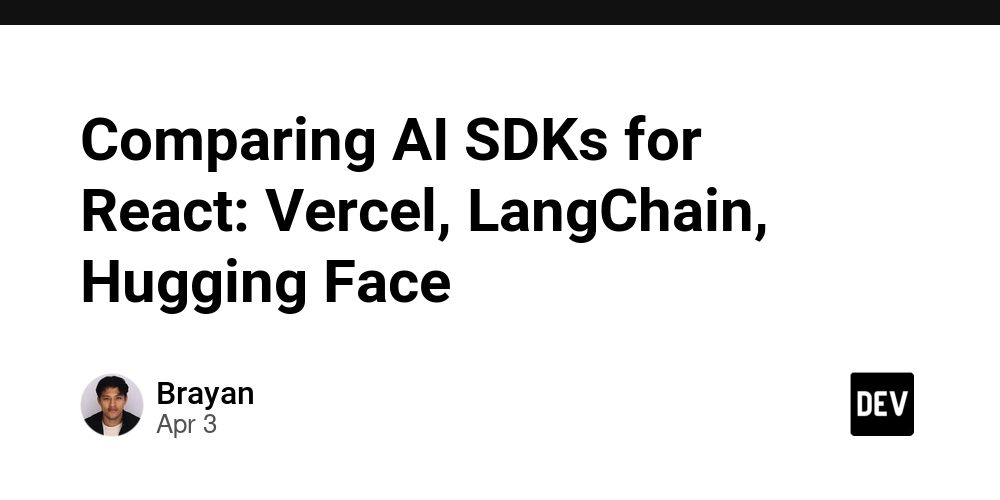
Comparing AI SDKs for React: Vercel, LangChain, Hugging Face
Introduction
In the rapidly evolving world of artificial intelligence, developers are constantly seeking the best tools to integrate AI capabilities into their applications. For React developers, several AI SDKs offer unique features and capabilities. This article provides a detailed comparison of some of the most popular AI SDKs available for React applications, including Vercel AI SDK, LangChain, Hugging Face, and others. We will explore their features, limitations, and use cases, along with code examples to help you make an informed decision.
Vercel AI SDK
Features
- Real-time AI capabilities: Vercel AI SDK offers real-time AI processing, making it ideal for applications that require instant feedback.
- Seamless integration with Vercel platform: It integrates smoothly with Vercel's deployment platform, providing a streamlined development experience.
Limitations
- Platform dependency: Being tightly coupled with Vercel's ecosystem might limit flexibility for developers using other platforms.
Use Cases
- Real-time chat applications: Ideal for building chatbots and real-time communication tools.
Code Example
import { useAI } from 'vercel-ai';
function ChatBot() {
const { response, sendMessage } = useAI();
return (
<div>
<input type="text" onChange={(e) => sendMessage(e.target.value)} />
<p>{response}</p>
</div>
);
}
LangChain
Features
- Chainable AI models: LangChain allows developers to chain multiple AI models together, enhancing the complexity and depth of AI interactions.
- Extensive library support: Supports a wide range of AI models and libraries.
Limitations
- Complexity: The flexibility and power of LangChain can lead to increased complexity in application design.
Use Cases
- Complex decision-making applications: Suitable for applications requiring multi-step decision processes.
Code Example
import { LangChain } from 'langchain';
const chain = new LangChain();
chain.addModel('text-classification');
chain.addModel('sentiment-analysis');
function AnalyzeText(text) {
return chain.process(text);
}
Hugging Face
Features
- Wide range of pre-trained models: Hugging Face offers a vast collection of pre-trained models for various AI tasks.
- Community-driven: Strong community support and contributions.
Limitations
- Resource-intensive: Some models can be resource-heavy, requiring significant computational power.
Use Cases
- Natural language processing: Perfect for applications involving text analysis and language understanding.
Code Example
import { useModel } from '@huggingface/react';
function TextAnalyzer() {
const { analyze } = useModel('bert-base-uncased');
return (
<div>
<input type="text" onChange={(e) => analyze(e.target.value)} />
</div>
);
}
Conclusion
Choosing the right AI SDK for your React application depends on your specific needs and constraints. Vercel AI SDK is excellent for real-time applications, LangChain offers flexibility for complex AI interactions, and Hugging Face provides a robust set of pre-trained models for NLP tasks. Consider your application's requirements and the trade-offs of each SDK to make the best choice for your project.












































































































































































![[The AI Show Episode 143]: ChatGPT Revenue Surge, New AGI Timelines, Amazon’s AI Agent, Claude for Education, Model Context Protocol & LLMs Pass the Turing Test](https://www.marketingaiinstitute.com/hubfs/ep%20143%20cover.png)


































































































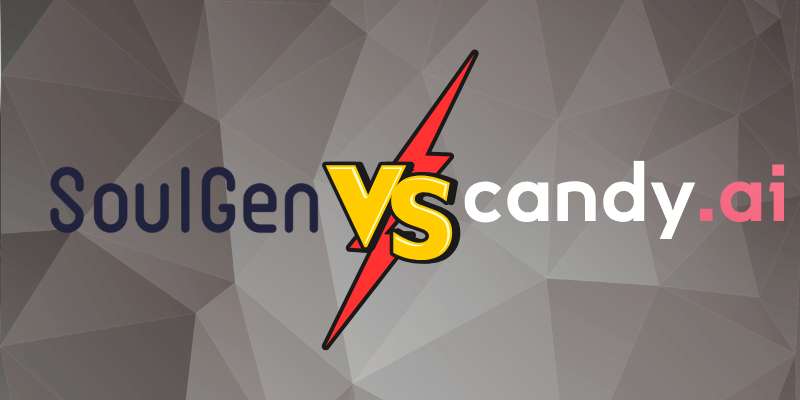


























![From Accountant to Data Engineer with Alyson La [Podcast #168]](https://cdn.hashnode.com/res/hashnode/image/upload/v1744420903260/fae4b593-d653-41eb-b70b-031591aa2f35.png?#)




























































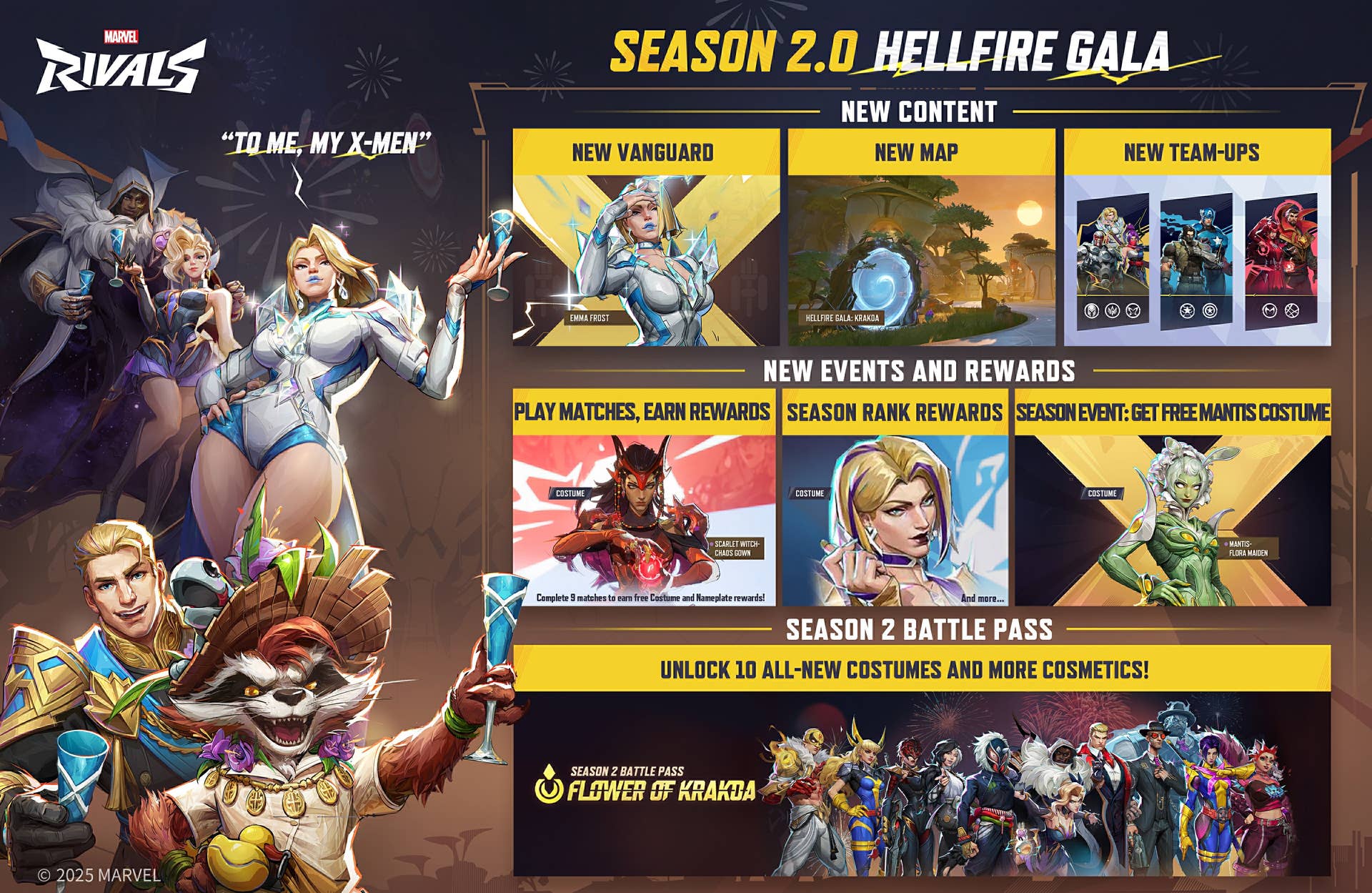






































.png?#)











.png?width=1920&height=1920&fit=bounds&quality=70&format=jpg&auto=webp#)

























.png?#)

















































































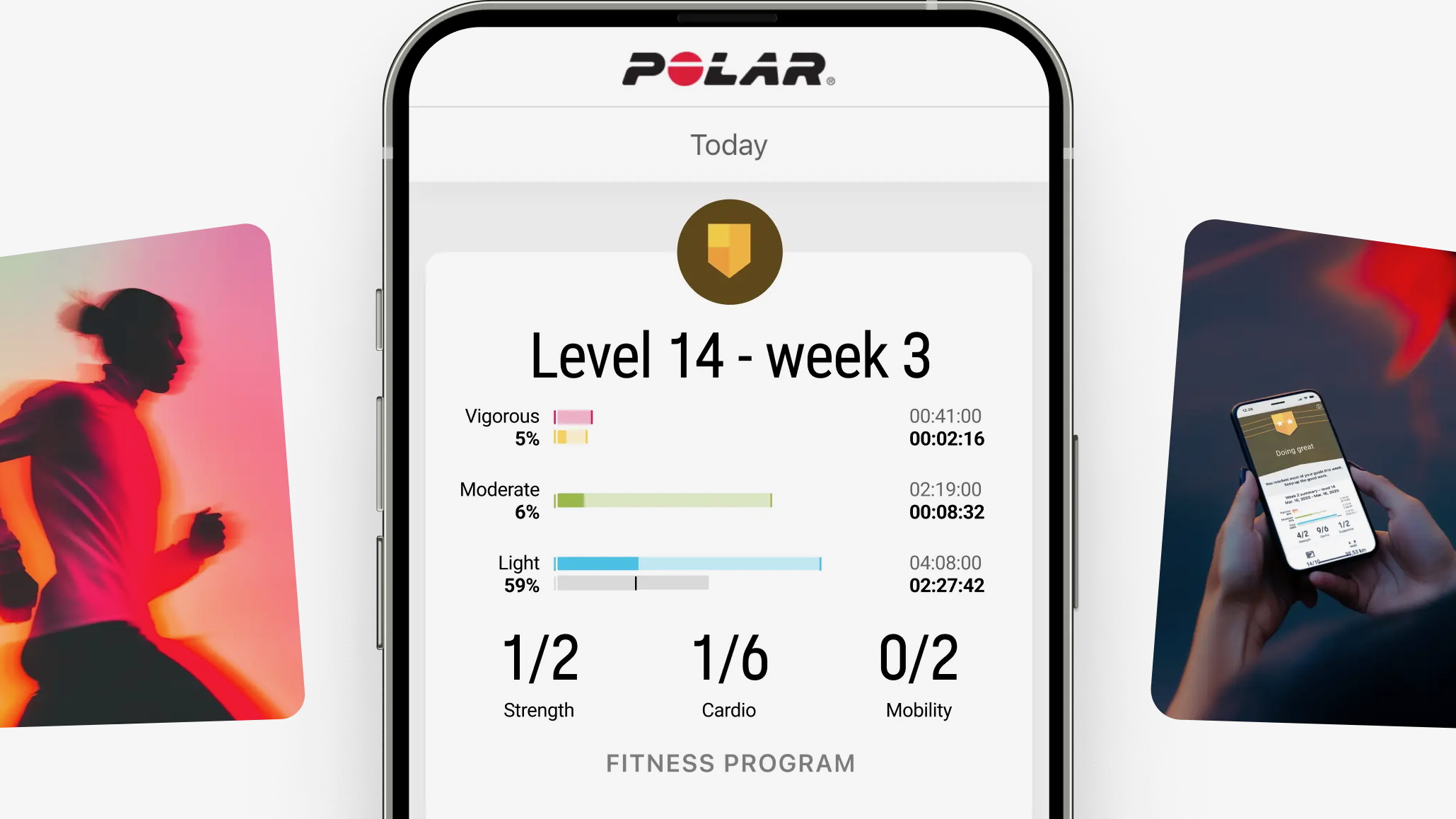






















![Apple Posts Full First Episode of 'Your Friends & Neighbors' on YouTube [Video]](https://www.iclarified.com/images/news/96990/96990/96990-640.jpg)

![Apple May Implement Global iPhone Price Increases to Mitigate Tariff Impacts [Report]](https://www.iclarified.com/images/news/96987/96987/96987-640.jpg)
![Apple Aims to Launch Revamped Siri This Fall After AI Setbacks [Report]](https://www.iclarified.com/images/news/96984/96984/96984-640.jpg)














